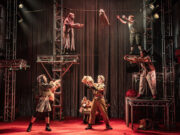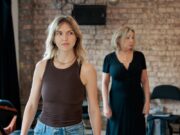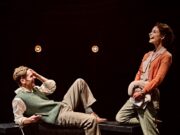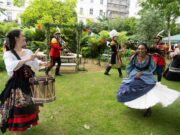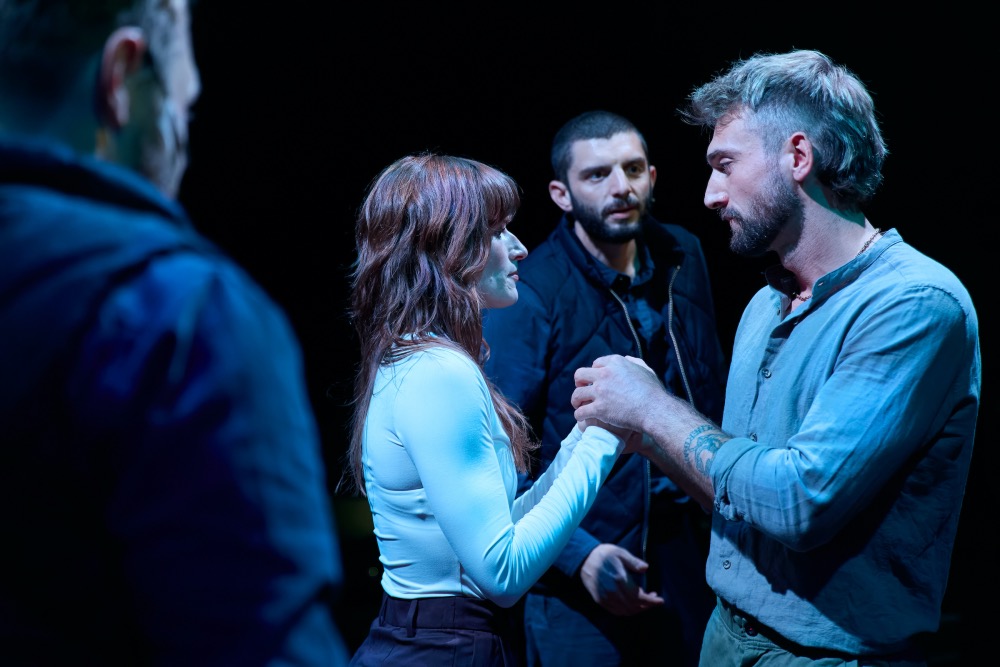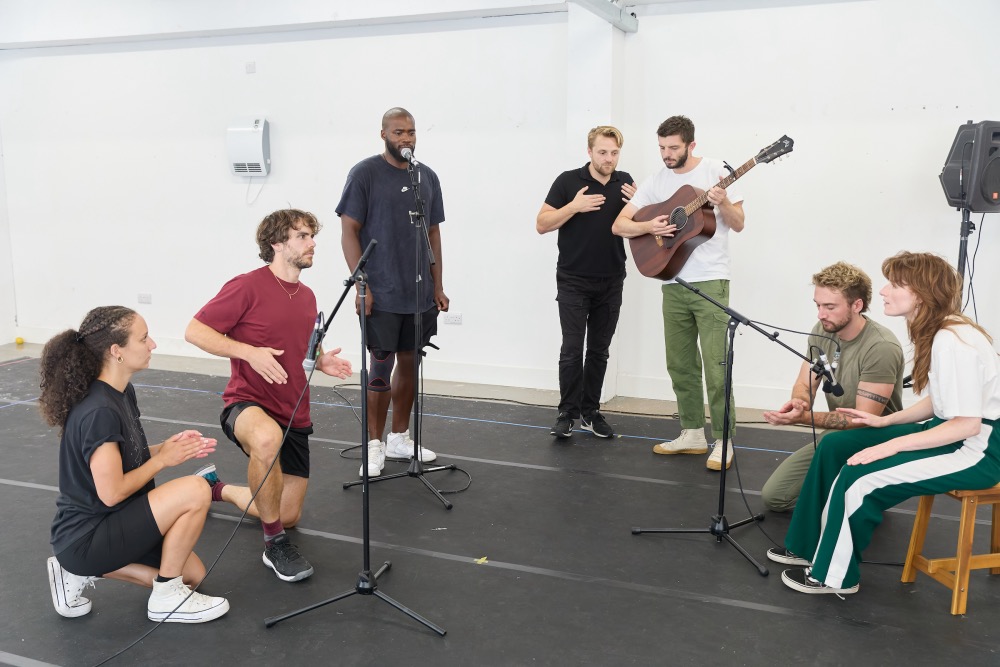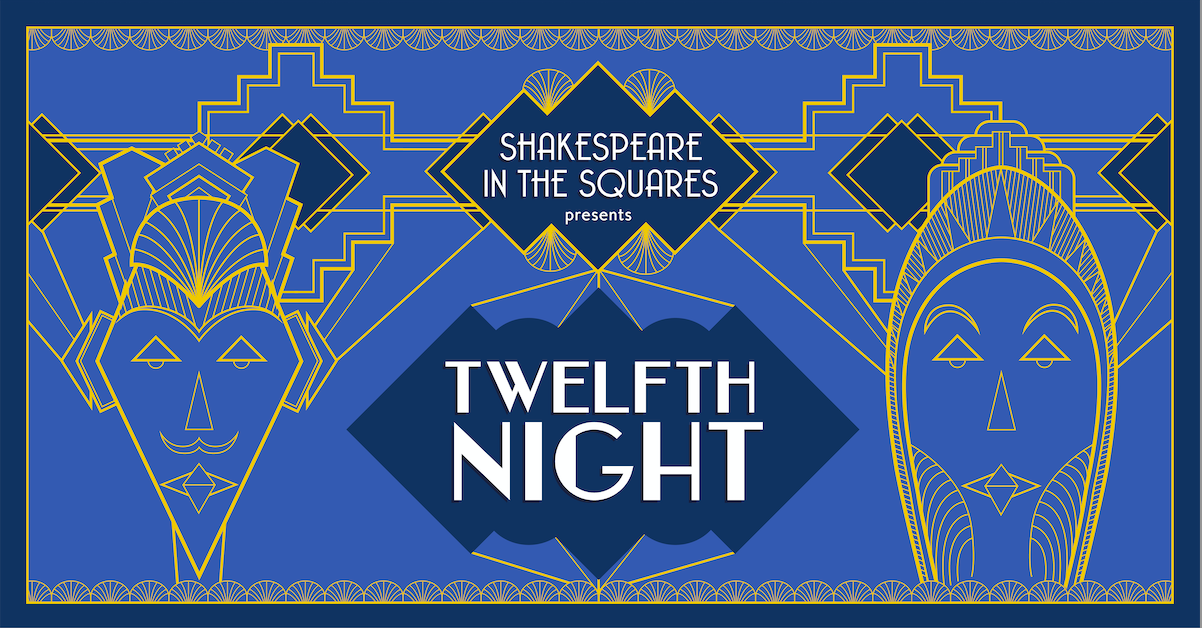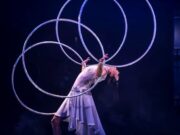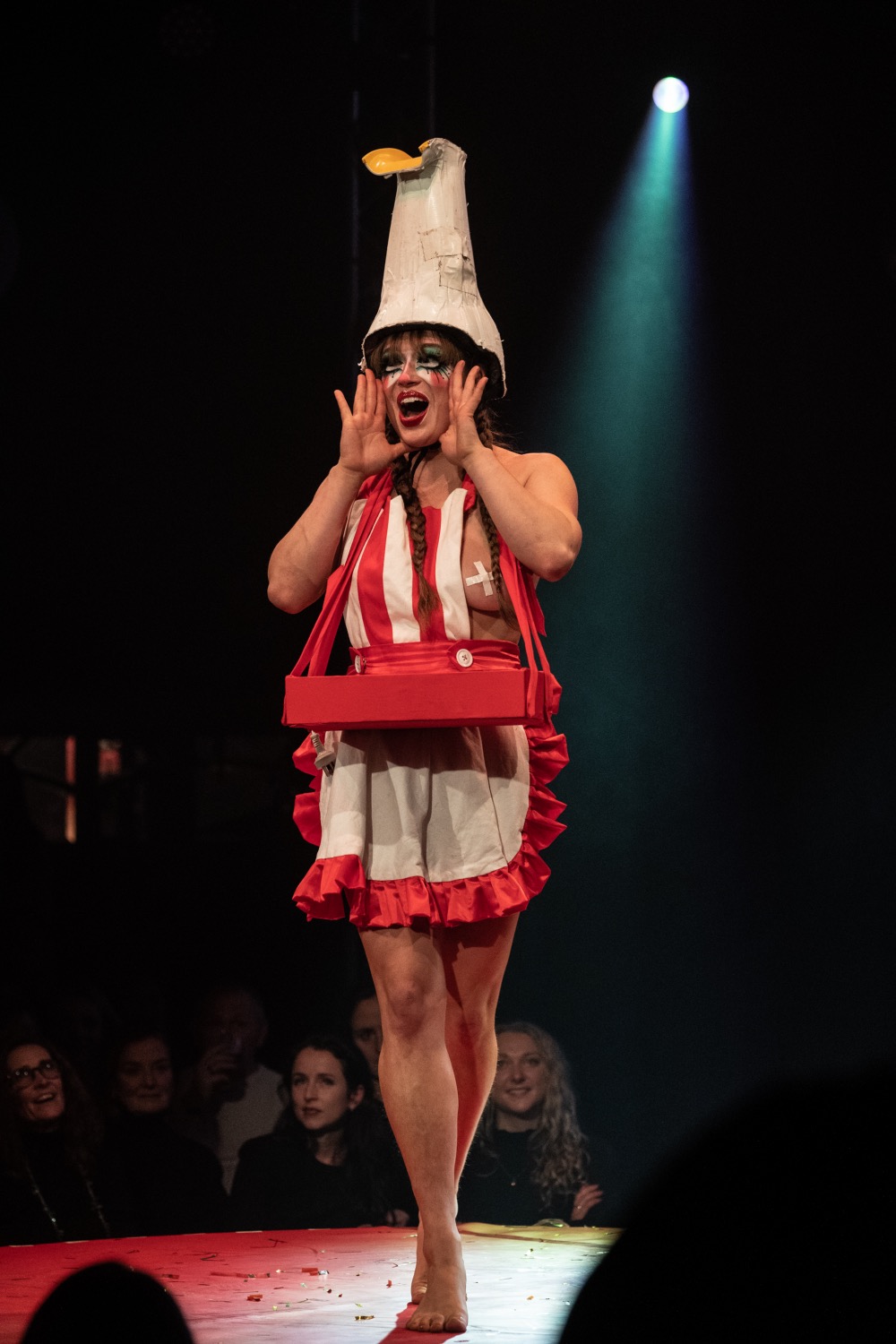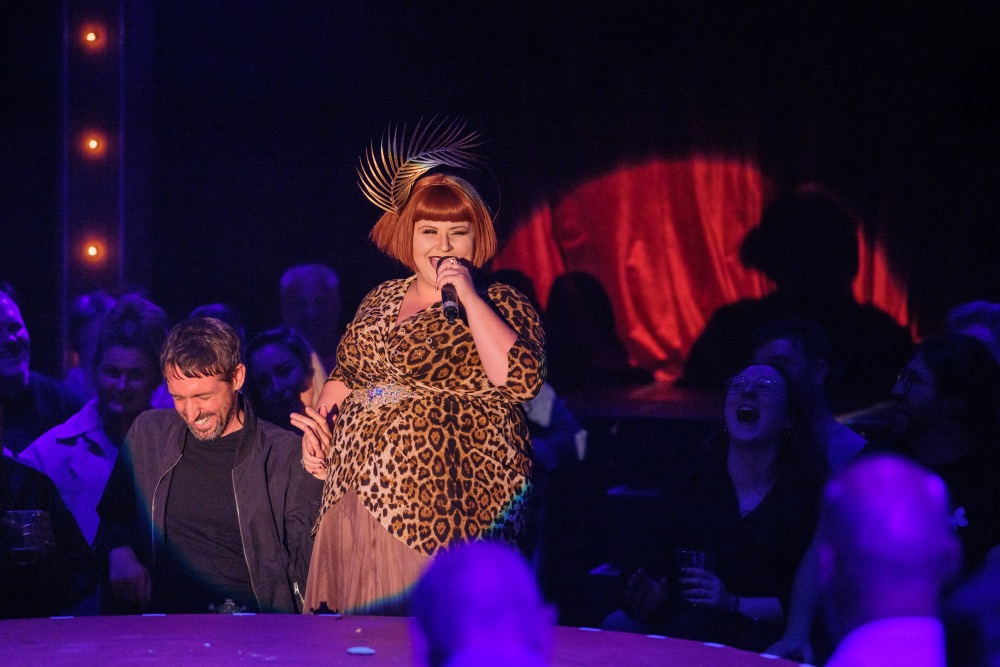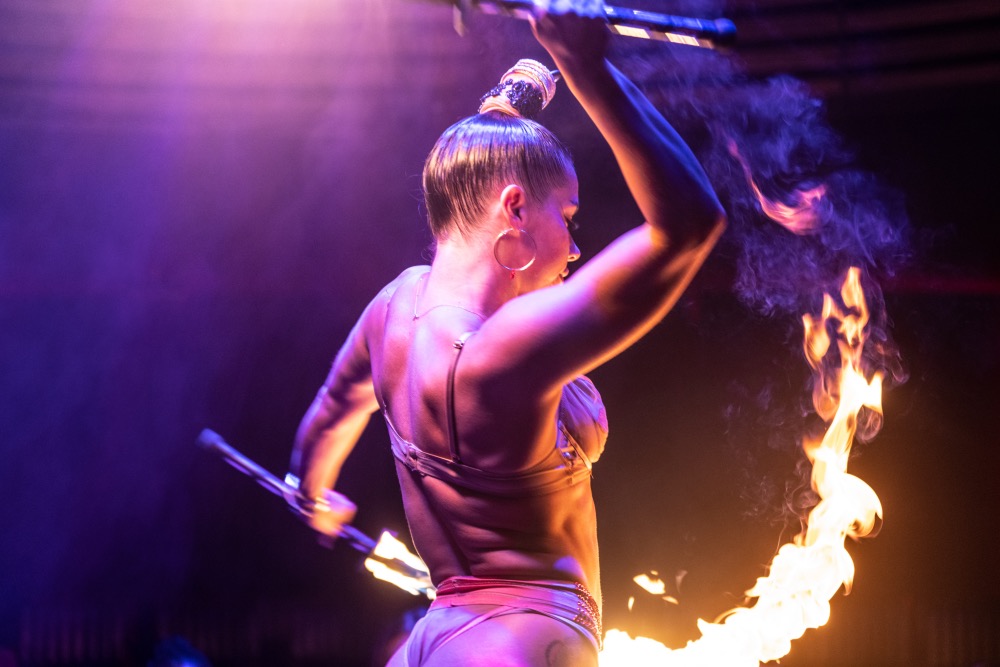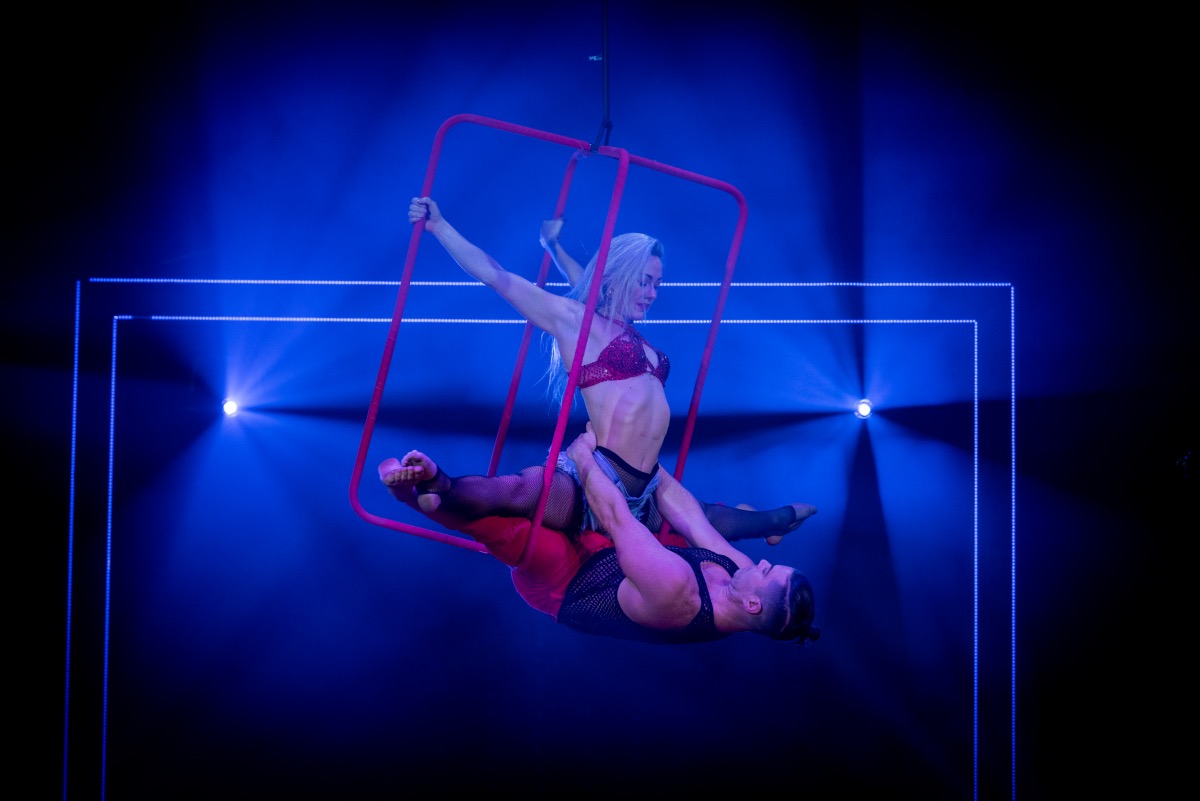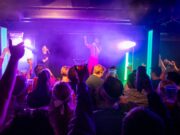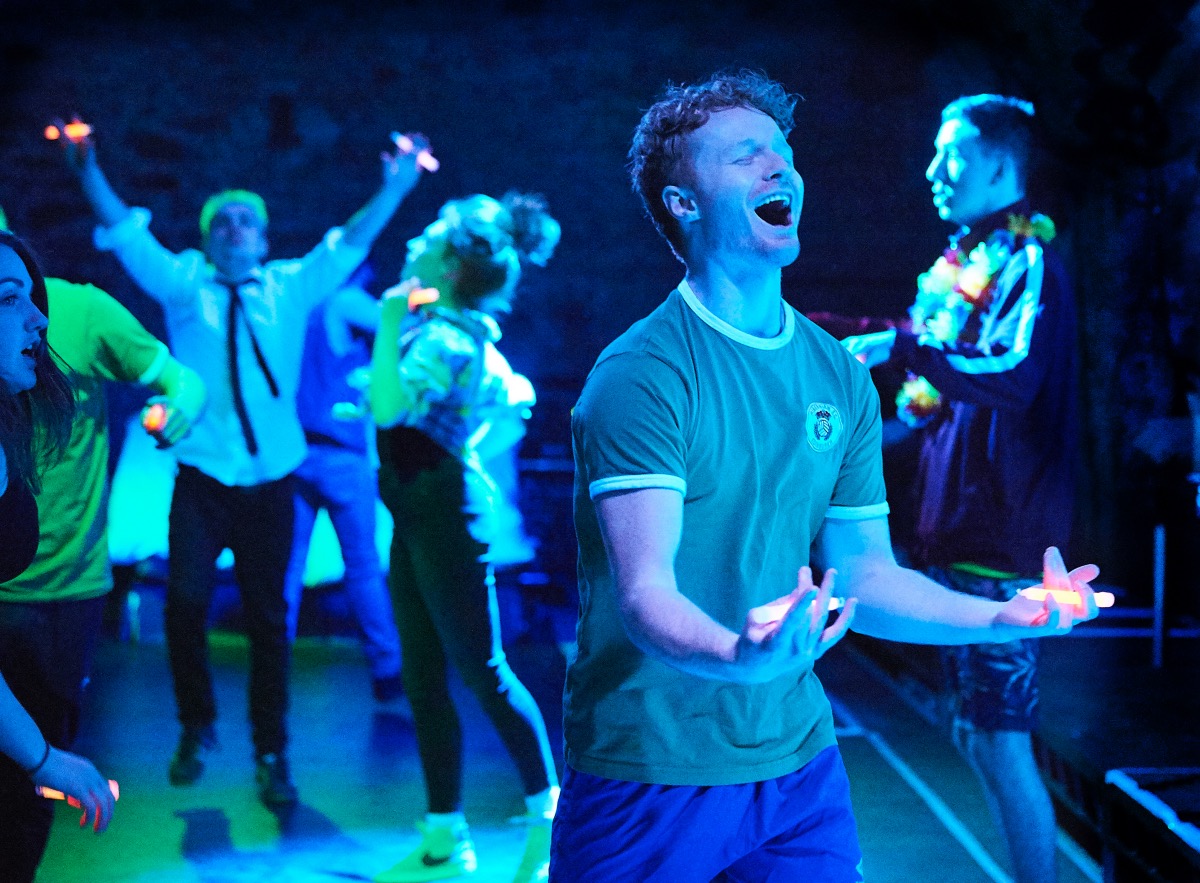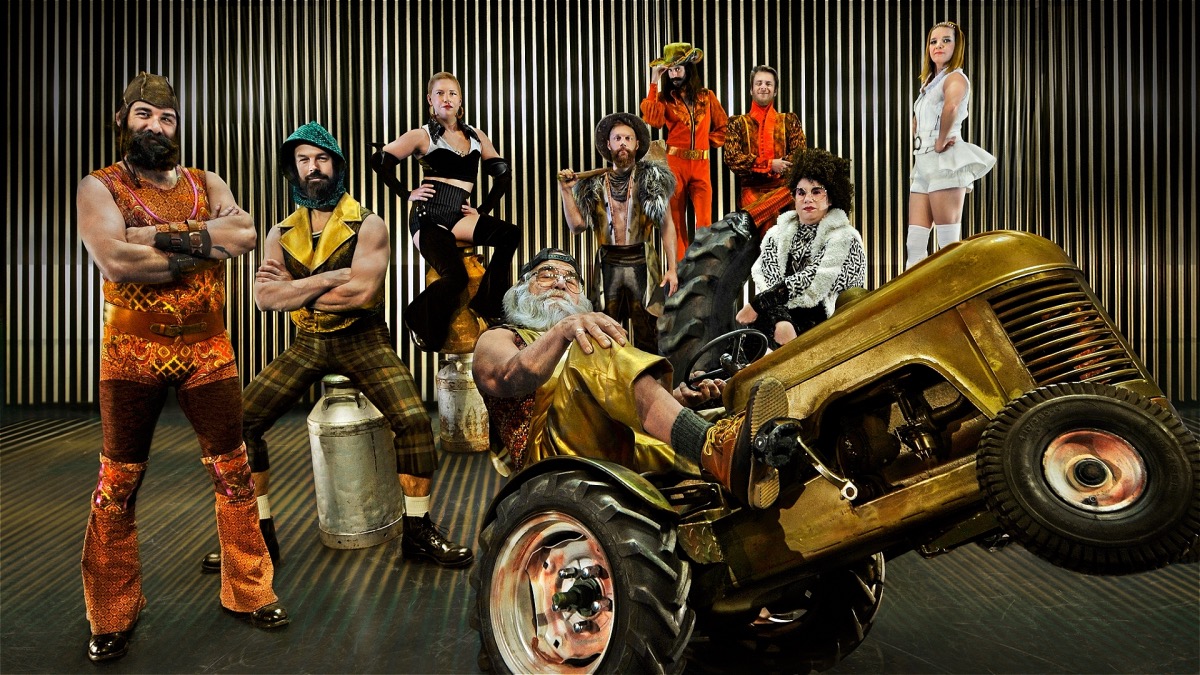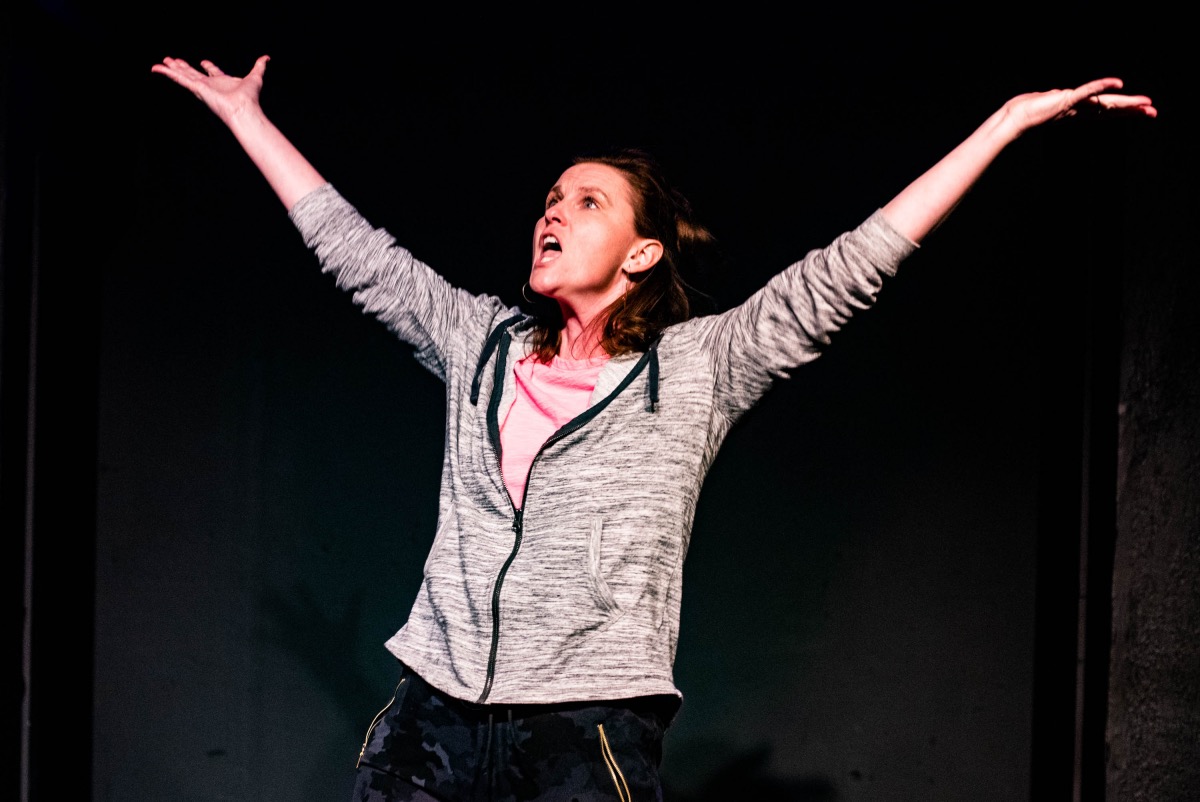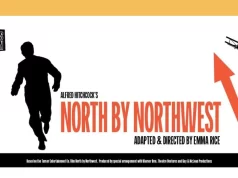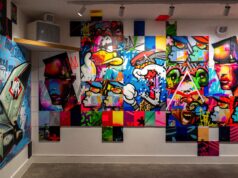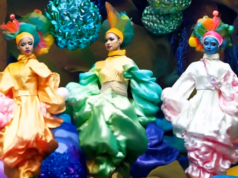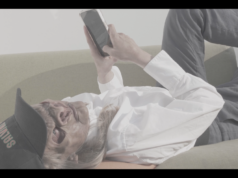After decades of self-imposed isolation by a military-dominated regime, Myanmar/ Burma (a former British colony from 1824 to 1948) finally opened up in 2010. Marie-Pierre Mol, (co-founder, Intersections gallery) has been visiting the country regularly since it opened.
Her main objective has been to raise international awareness about Myanmar contemporary art culture “which is still neither well known nor well understood internationally” explains Marie-Pierre.
For decades the people of Myanmar endured political repression and censorship under military dictatorship. It has appalling human rights and forced labour record (according to Amnesty International). Before 2010, a poem or a song about democracy could result in 10 years of hard labour.
There has been a lack of understanding and knowledge internationally about the people and culture. Historically, there were no great efforts by the media to give an enquiring and objective journalism resulting in more trivial and superficial reporting. A few journalists have attempted to go in and get the real story at great risk to the Burmese people that have been willing to give them eye witness accounts.
“Today’s Burmese artists have developed an original practice in order to express themselves, despite the censorship [of the regime]. They have achieved this independently of international market trends” she said. “The works are rooted in their identity and traditions but use a contemporary language.
I hope my work will contribute to the integration of Burmese artists into the international art scene.” Since 2013, Intersections have curated at least one or two major exhibitions with Burmese artists every year and showcased them in art fairs like Art Stage Singapore and Art Paris.
One of the main challenges Marie-Pierre faces working with artists in Myanmar is the language barrier particularly with artists born in 60s and 70s. “Communication is easier with artists born in the 80s who have learned a lot through the internet. They have opportunities to travel abroad and attend artists’ residency programmes organized by foreign universities and private institutions.”
When she started working in Myanmar the internet connection was “very poor and erratic”. This made it impossible to exchange images. The internet has since become better and cheaper.
Marie-Pierre has seen progression in the artists’ work since she started working with them;
With a lot of censorship lifted, artists find themselves freer to express themselves. “For example, using the red colour was strictly forbidden by the military regime as [it was seen as] a symbol of violence and protest.”
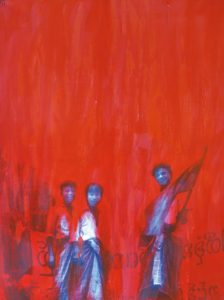
She adds: “In 2014 Nyein Chan Su, aka NCS, created a very
strong series of artworks, “Red Spirits” by using black and white archive photos of the 1988 demonstrations, which he completely covered with red paint.” His calling as an artist began in that year when he witnessed the military regime’s violent suppression of the Burmese student protest movement.
Also in 2014, Artist, Nann Nann created a series “Red in Nature” representing monks in a temple.
“This subject matter and title, which can appear harmless to foreigners, would have been censored a few years earlier because of the red colour and of the representations of the monks, just because monks had participated in the Saffron Revolution” she explained.
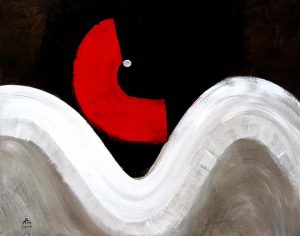
Artist Htein Lin, jailed for his political activism, started creating artworks in prison. “He has extensively exhibited political artworks, even in Myanmar, during the last few years.”
She has however noticed a wave of “new forms of censorship” being developed with “the spreading of Buddhist fundamentalism and of self-censorship by many artists”.
Intersections upcoming exhibition “Myanmar New Wave, pop-art revisited” in Singapore will run from 20 September – 5 November 2017. Find out about this event here.
In May 2016, Marie-Pierre was introduced to Thu Myat and Wunna Aung by Zoncy a female artist who she had worked with previously.
“They showed me artworks they had created for an exhibition at Thavibu, Bangkok in 2014.
The series about Myanmar’s last dynasty and some of Thu Myat’s artworks, which will be part of the Singapore show in September 2017, were created for this exhibition” explained Marie-Pierre.
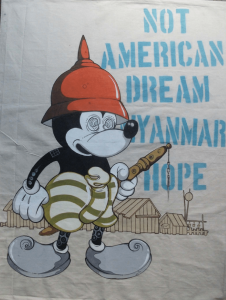
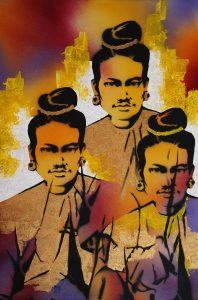
“I was really impressed by the quality of these works, which are rooted in the history of the country but use a contemporary language.” She added.
We asked Marie-Pierre what role these artists can play in shaping the future of Myanmar:
“During the military regime, they used their art practice to create a space of freedom of expression.”
After 49 years of isolation imposed by the military regime, “the young generation is eager to get connected to the world and to get the benefits of modernism. The artists have been waiting for the opening of the country but are aware of the risks of dilution of their cultural identity in the globalised world we live in.”
Intersections curated Through Women’s Eyes in 2014; an exhibition which reflected a country in transition, through the eyes of five Women Artists from Myanmar;
Myint Myint Tin (1944-), Phyu Mon (1960-), Nann Nann (1974-), Nge Lay (1979-) and Zoncy (1987-) belong to three different generations.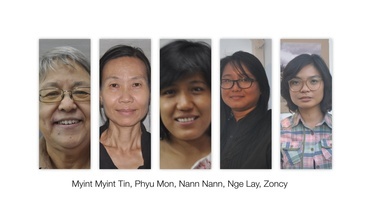
The work expressed the artists’ hope and concern – the uncertainty of the “path the country will follow in a new context of openness and political and economic changes.”
“Through these women’s eyes, we catch a glimpse of a better world in which the future would be built without erasing the past, and where tradition and modernity would be reconciled.”
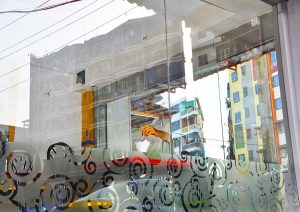
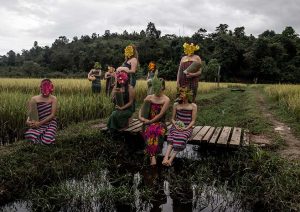
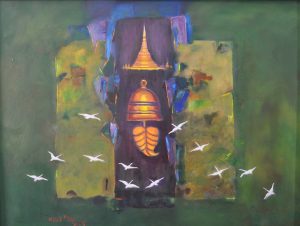

Modern art education is not widely available around the country. “Artists feel [the responsibility is on them] to contribute to this education and to make their art accessible to everyone” she explained. “Some of [the artists] create free art schools and art festivals in their home villages and towns.”
Their hope is to “positively inspire their communities by welcoming the progress without forgetting the Burmese identity”.
By these artists addressing social and political issues “They hope that their country will become a peaceful democracy and that everyone will benefit from the economic changes.”
About Intersections
Founded in Singapore in November 2012, at the crossroads between East and West, Intersections’ mission is to bridge diverse cultures through the arts.
Intersections strive to highlight all that is shared amongst people and to foster mutual understanding and respect of the differences and similarities between people and cultures. Like mathematics, art is a universal language, which unites people who can otherwise appear so distant from one another.
Intersections represent both established and emerging artists, mostly based in Southeast Asia, with a primary focus on the emerging market of contemporary Burmese art.

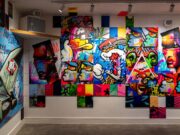
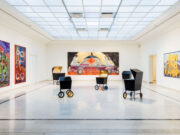
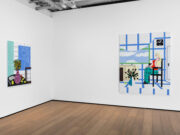
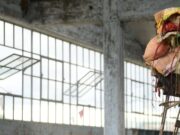
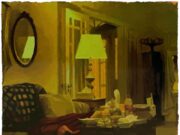
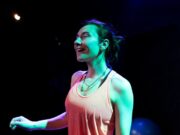
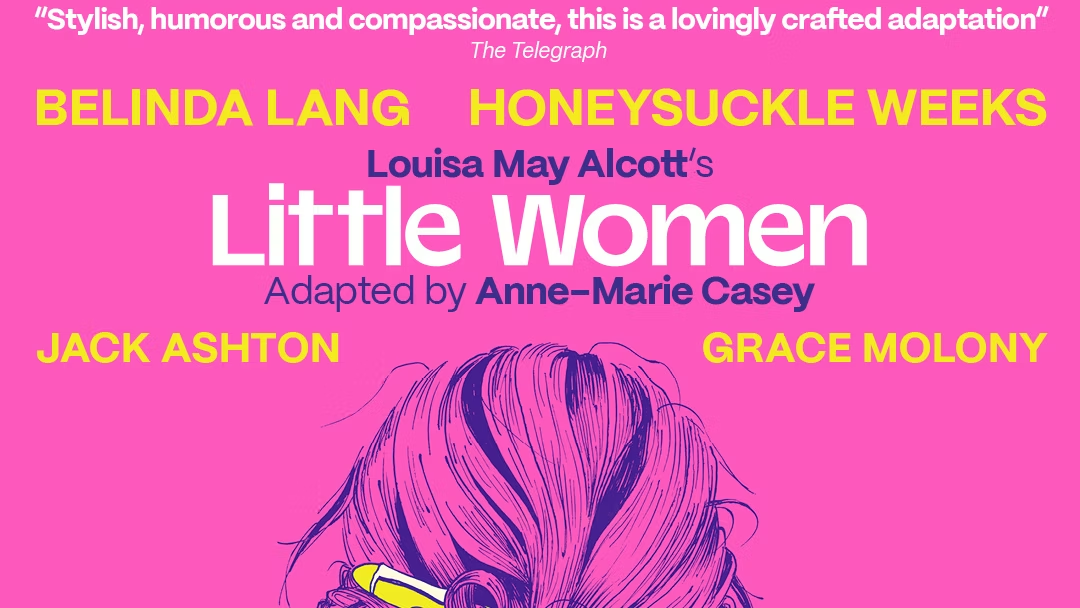
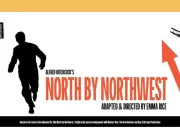
![Antigone [on strike] | Review Ali Hadji-Heshmati and Hiba Medina in Antigone [on strike] at Park Theatre, London. Photo: Nir Segal](https://theartiscapegallery.com/wp-content/uploads/2025/02/Antigone-on-strike-photo-by-Nir-Segal-D1_Standard-180x135.jpg)
